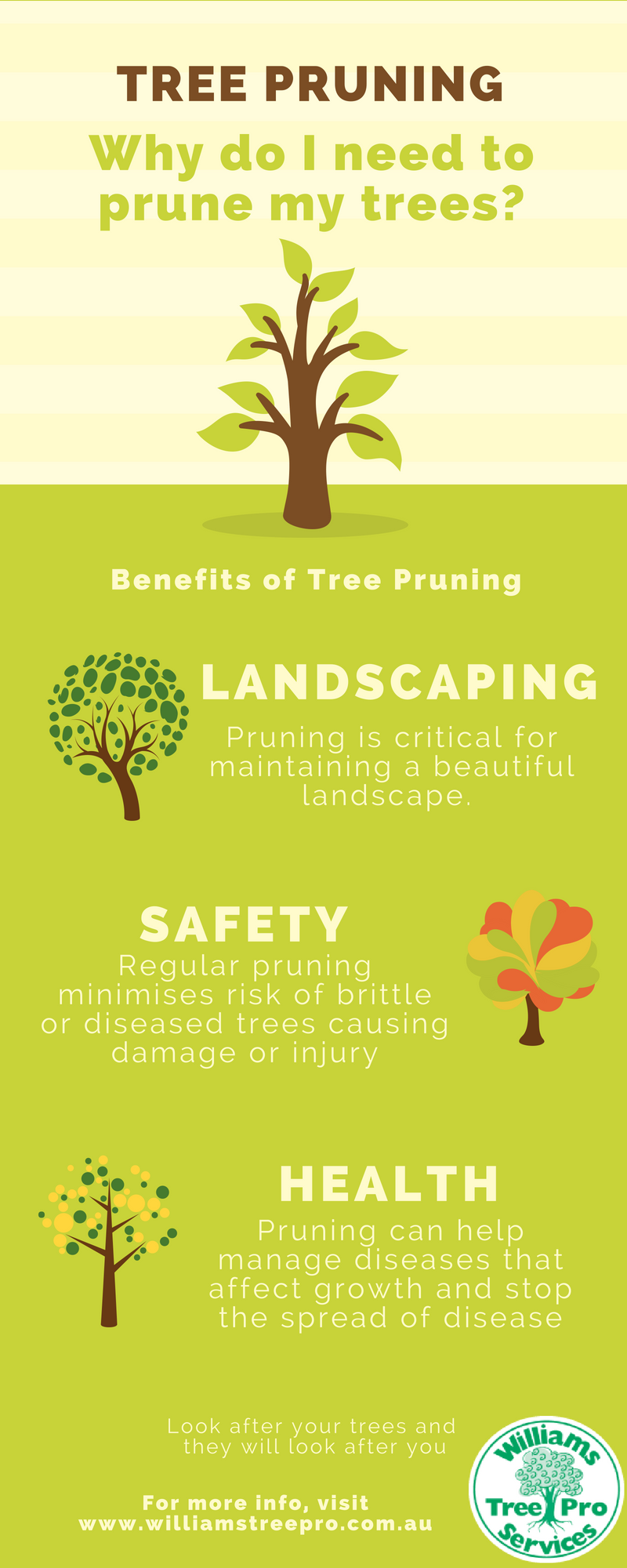When considering the best time to eliminate trees from your residential property, a vital balance must be struck in between tree health and wellness worries. Consider the prospective dangers posed by unstable or worn out trees, and just how their removal can reduce these dangers. However when specifically is the optimum minute to undertake this job? Keep tuned to discover the seasonal subtleties that can influence your choice and ensure the well-being of your trees and surroundings.
Optimal Timing for Tree Removal
When it concerns deciding on the suitable timing for tree elimination, it's crucial to consider elements such as the health of the tree, safety issues, and environmental regulations. Analyzing the tree's overall wellness is vital to figure out if elimination is needed. Dead or unhealthy trees present risks and must be eliminated without delay to stop accidents or home damages.
Safety concerns, such as closeness to buildings, power lines, or roadways, likewise play a substantial role in establishing the most effective time for removal. Following environmental regulations is vital to make certain that the removal process is performed properly and legitimately.
Taking into consideration these aspects, the ideal timing for tree removal might vary. Usually, it's advised to get rid of trees during the inactive season, usually in late fall or wintertime. Throughout this moment, trees aren't actively growing, making elimination much less difficult for the tree. Additionally, with less fallen leaves, it's simpler for arborists to assess the tree's framework and securely conduct the elimination process.
Seasonal Factors to Think About
To ensure successful tree care techniques, it's necessary to take into consideration the seasonal aspects that can influence the wellness and growth of your trees. Recognizing Read Home can help you intend your tree treatment tasks effectively.
In springtime, trees focus on new growth and budding. https://precision-timber-felling.s3.amazonaws.com/index.html is a suitable time for trimming to form the tree and get rid of dead branches.
Summertime brings heat, demanding proper watering to maintain trees hydrated.
Loss is when trees begin getting ready for inactivity, making it a good time for deep root fertilizing to sustain their root systems.
Winter months, with its cold temperatures, is a period of inactivity for many trees, making it a convenience for tree removal or significant pruning.
Impact on Tree Wellness and Landscape
Taking into consideration the seasonal factors that affect your trees is essential for their general wellness and the look of your landscape. Appropriate tree treatment throughout the year can significantly influence their well-being and the aesthetic allure of your outdoor room.
As an example, trimming throughout the inactive winter months can promote healthy and balanced growth in the spring, while removing dead or diseased branches in the autumn can protect against prospective hazards during wintertime storms. Furthermore, monitoring your trees for signs of insects and diseases throughout the appropriate periods can aid maintain their vigor and stop prevalent invasions.
Moreover, the problem of your trees straight influences the general landscape design. Trees that are well-kept and healthy and balanced can improve the appeal and value of your property, while overlooked or damaged trees might detract from the visual charm of your outside atmosphere.
Final thought
Keep in mind, the very best time to get rid of trees is during the inactive season to minimize anxiety on the tree and guarantee its health and safety. Consider the seasonal elements and potential risks before scheduling tree elimination. By focusing on responsible tree care and upkeep, you can keep a secure and aesthetically pleasing landscape for years ahead.

 Rick Moranis Then & Now!
Rick Moranis Then & Now! David Faustino Then & Now!
David Faustino Then & Now! Raquel Welch Then & Now!
Raquel Welch Then & Now! Tyra Banks Then & Now!
Tyra Banks Then & Now! Richard Thomas Then & Now!
Richard Thomas Then & Now!